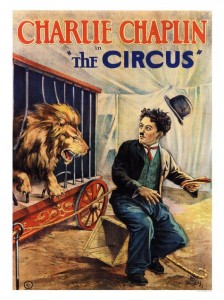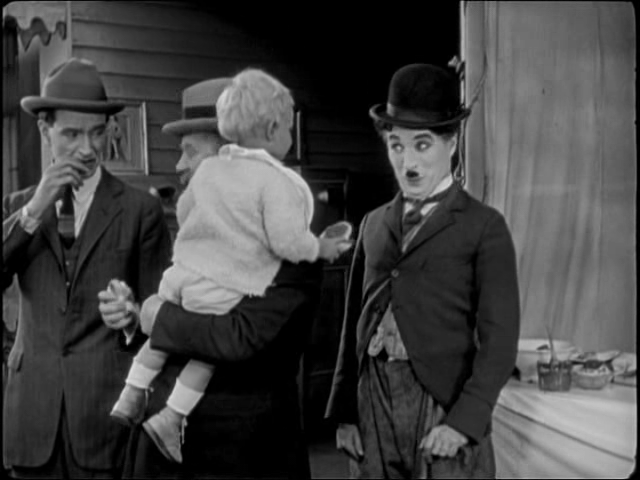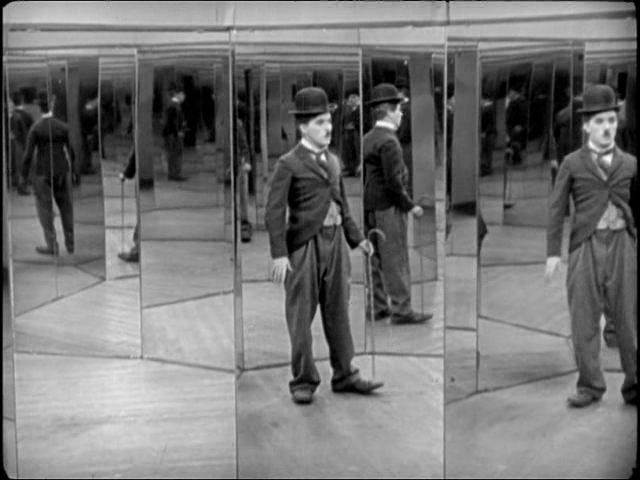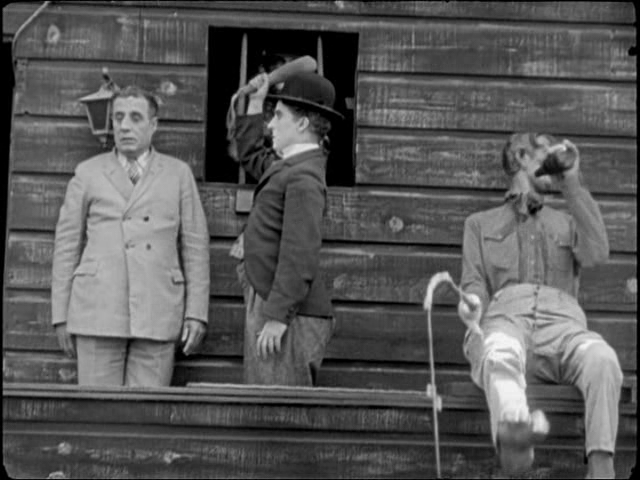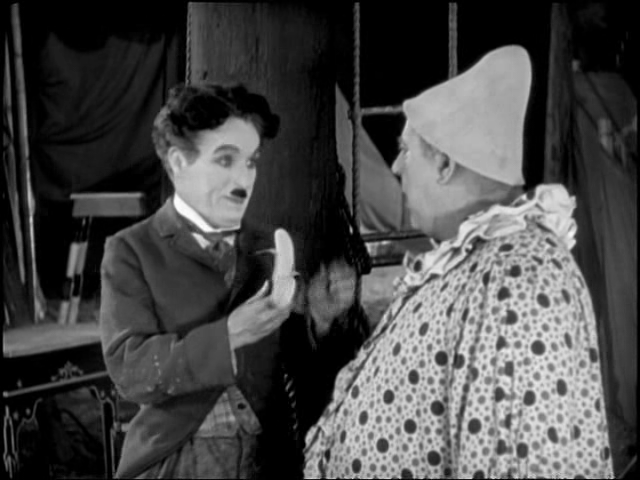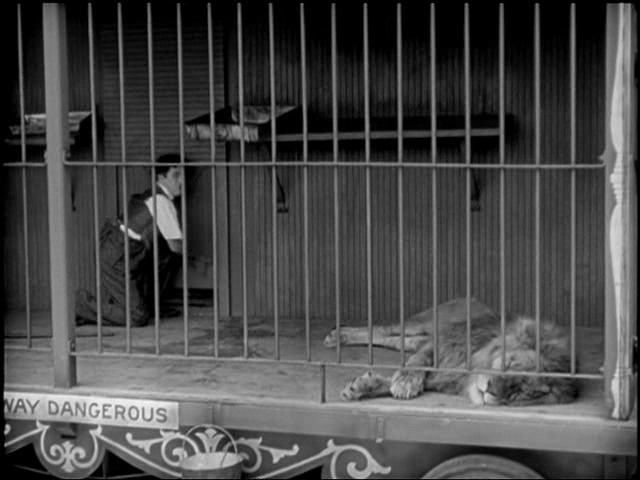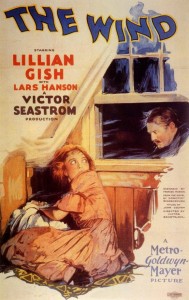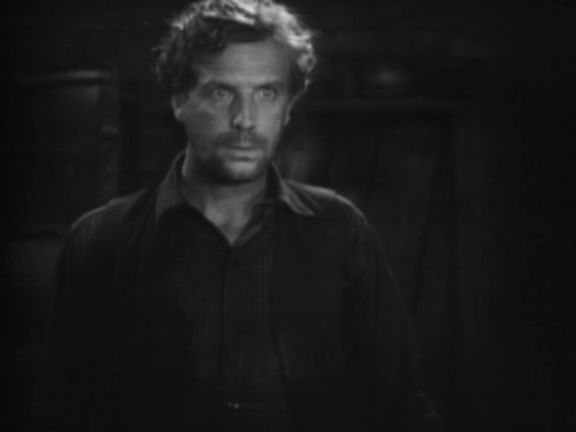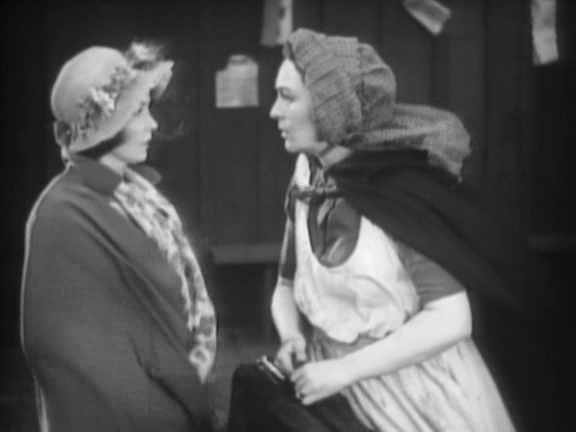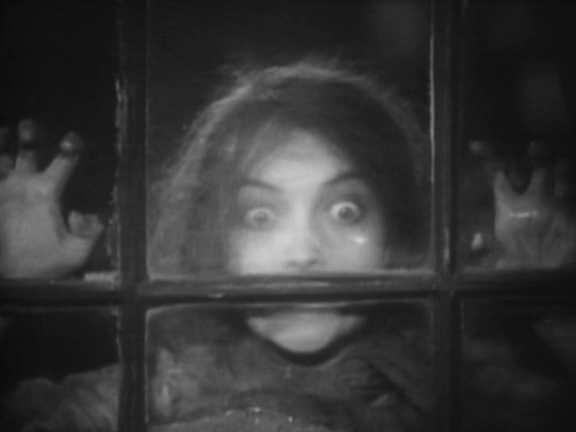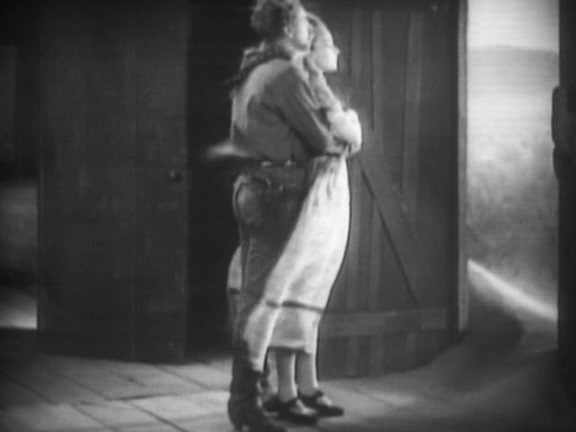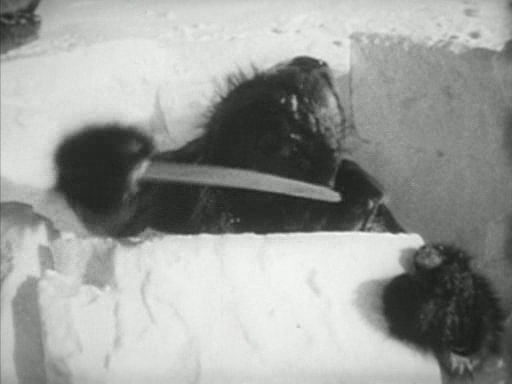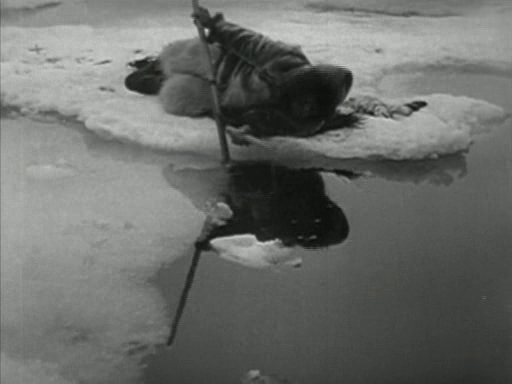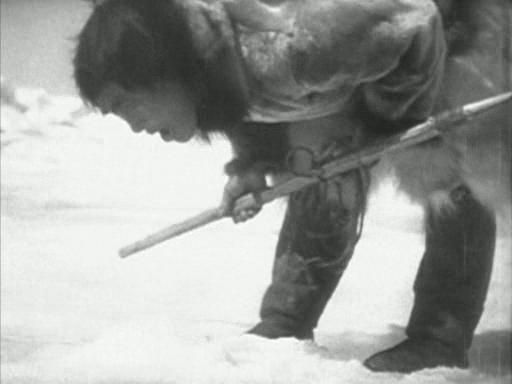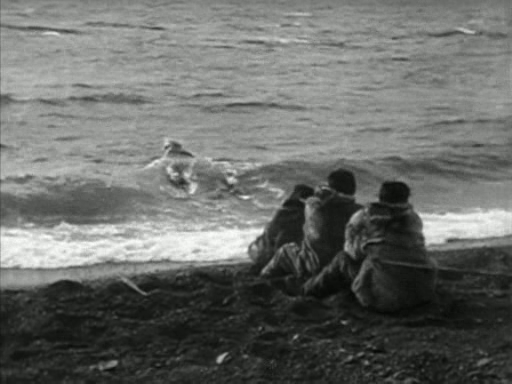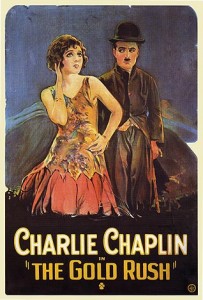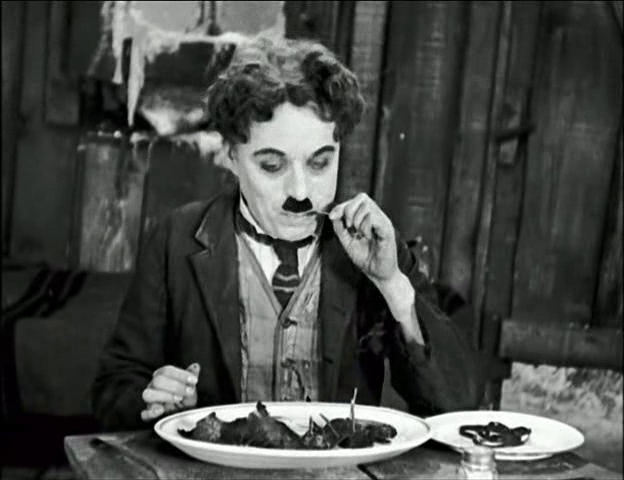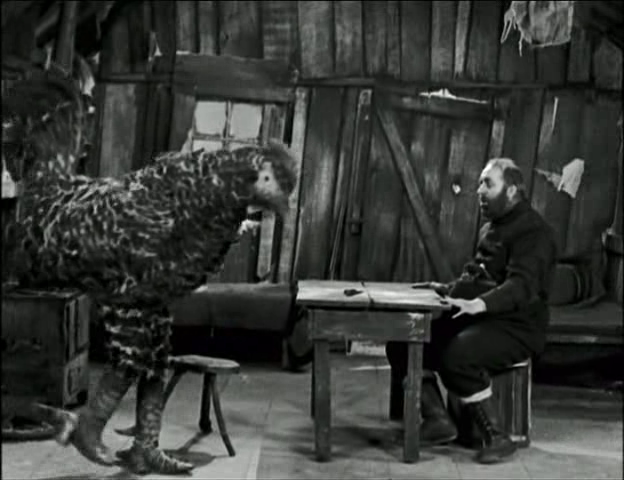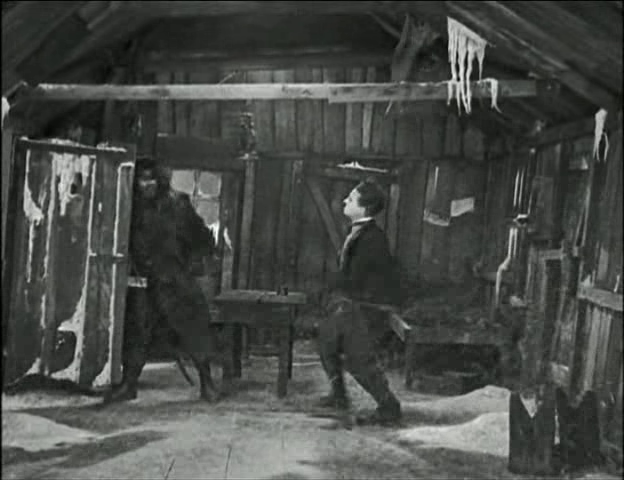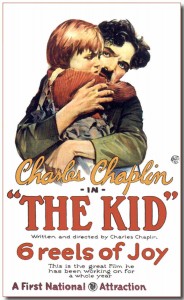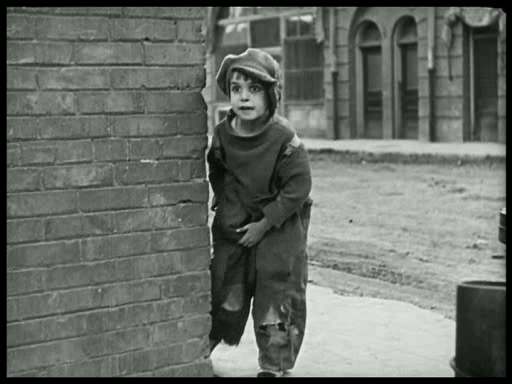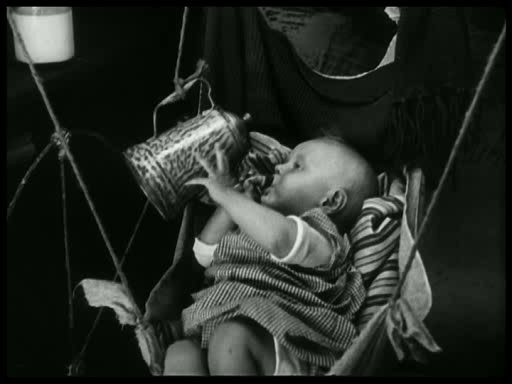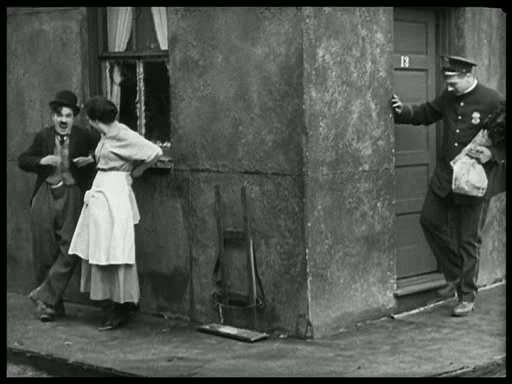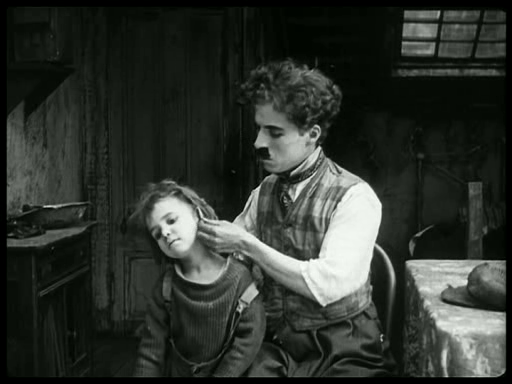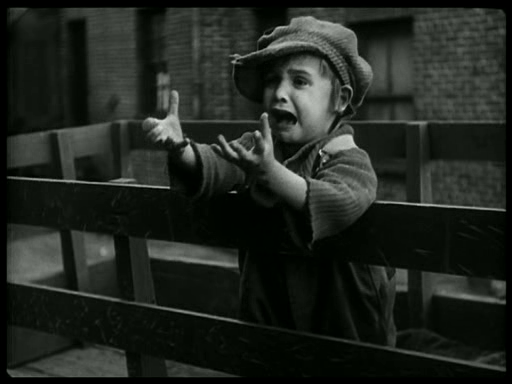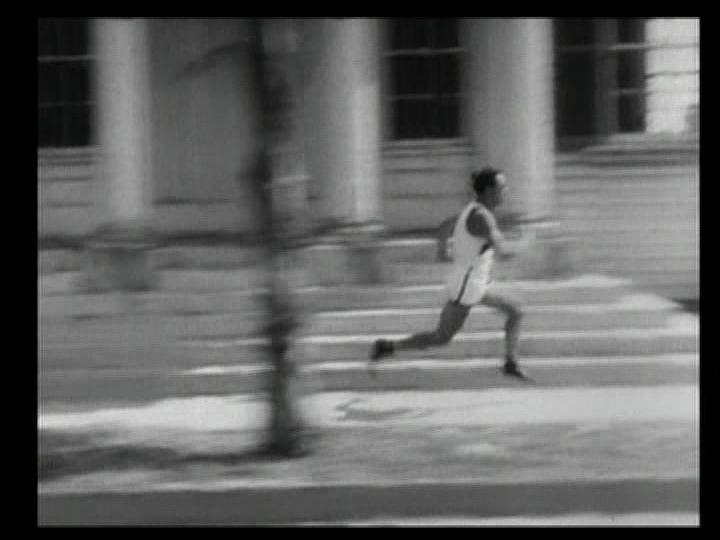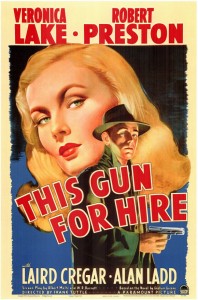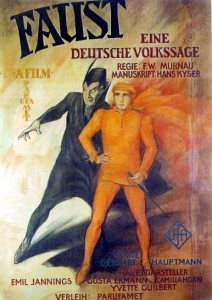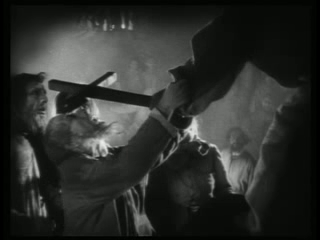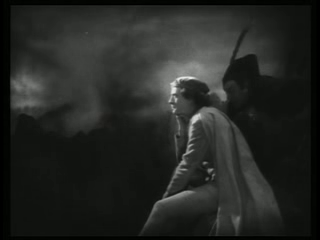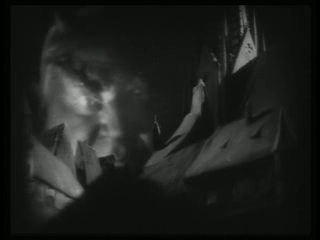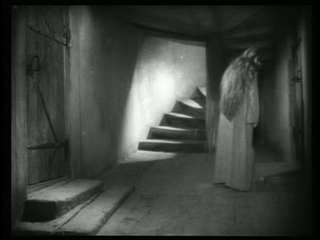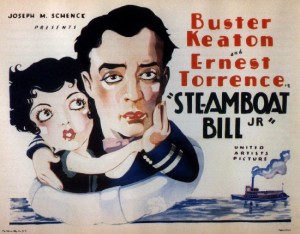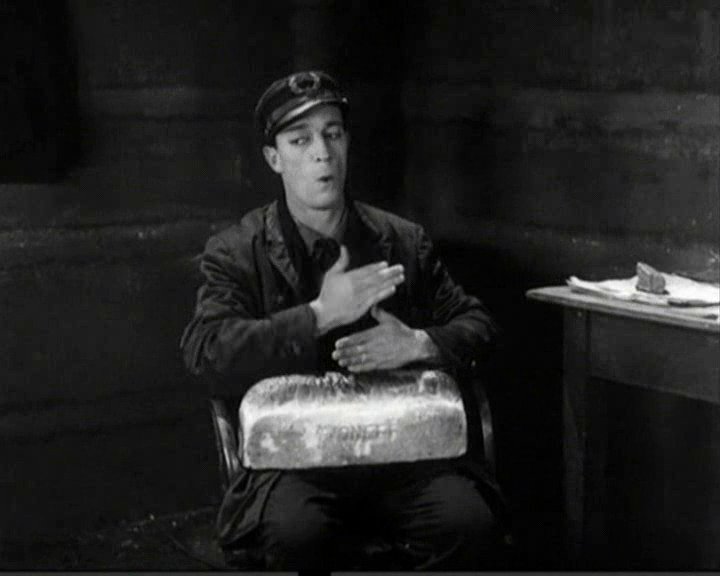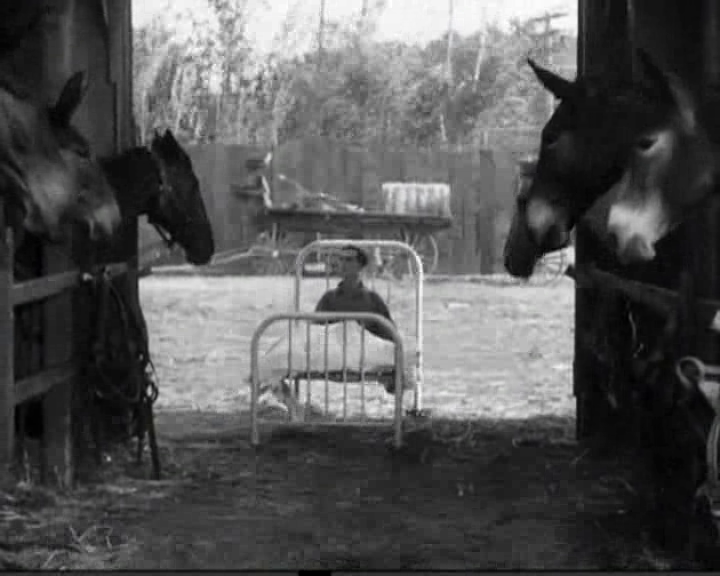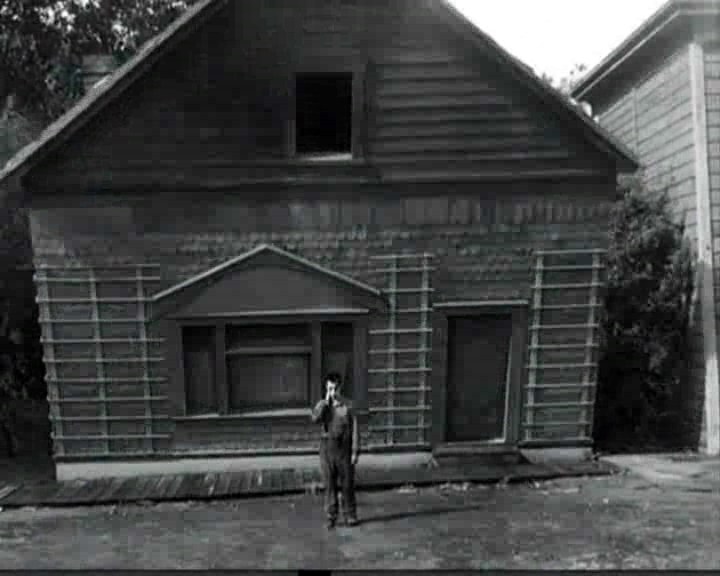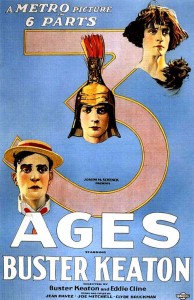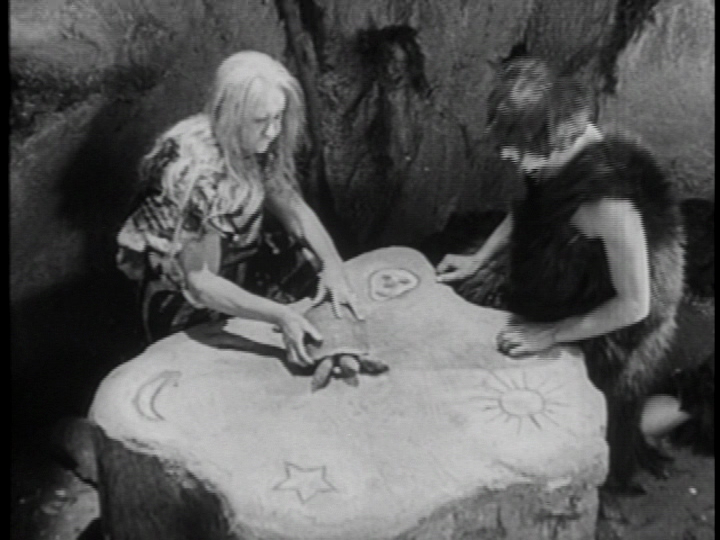|
Genres, Themes, Actors, and Directors:
- Alan Ladd Films
- Falsely Accused
- Hitmen
- Laird Cregar Films
- Revenge
- Robert Preston Films
- Spies
- Veronica Lake Films
Response to Peary’s Review:
As Peary notes, “Alan Ladd became an instant star” in this “exciting, compact adaptation of Graham Greene’s popular pulp novel,” portraying “lethal hired killer Philip Raven”. Peary argues that “in a trench coat with its collar turned up, a hat pulled down to his eyes, a gun in his hand, and a deep voice, he is the coolest gunman to hit the scene since James Cagney in Public Enemy” — and certainly one of the most oddly sympathetic. Interestingly, as Peary notes, “we can’t help “root[ing] for Ladd on his mission of revenge”, in large part “because we realize that his past was so miserable that he never had a chance to be decent”, but also because “he was exploited by Cregar, because Lake sympathizes with him, and because we sense that he isn’t long for this world”.
However, it’s difficult to contemplate Ladd’s fine performance in isolation, given the importance of his relationship with “beautiful, buxom blonde Lake”, who in this film “found her ideal screen partner”. Peary notes that “with those dreamy eyes, a peek-a-boo hairstyle, and a husky voice to match Ladd’s”, they “are an electrifying screen couple” — a statement made all the more complex given that Lake is happily engaged to a policeman (Robert Preston) who’s on Raven’s trail. Naturally, loyalties quickly become conflicted, and it’s fascinating to watch as Lake and Ladd — who are clearly smitten with each other on some level — carefully negotiate their positions. Indeed, whenever they’re on-screen, we’re glued; the rest of the “taut” storyline, while competent and finely directed, feels mostly like icing.
Interestingly, in his review, Peary refers to This Gun For Hire as “one of the few forties crime dramas that weren’t really noir films” — yet it certainly possesses many noir elements (including atmospheric cinematography and a sense of deeply pervasive cynicism), and it’s generally considered by others to be part of this genre. Perhaps Peary’s opinion is due to the occasional shifts in tone throughout the film — most notably when Lake performs a couple of unusual musical ditties (by Jacques Press and Frank Loesser); meanwhile, Cregar’s performance as Raven’s most direct nemesis lacks a requisite sense of menace — he’s a bit too much of a blubbering coward to be fully convincing in the role. However, all told, I would most certainly classify this one stylistically as noir.
Two of my favorite moments: Lake unexpectedly pecks Ladd on the cheek; Lake leaves a steady trail of evidence behind her while being held hostage by Ladd.
Redeeming Qualities and Moments:
- Alan Ladd as Raven
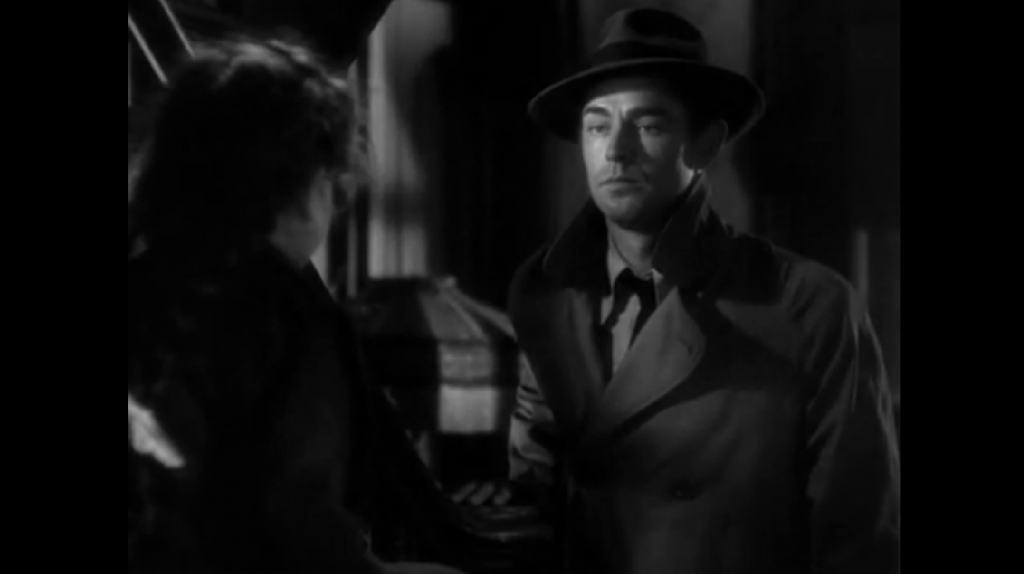
- Veronica Lake as Ellen Graham
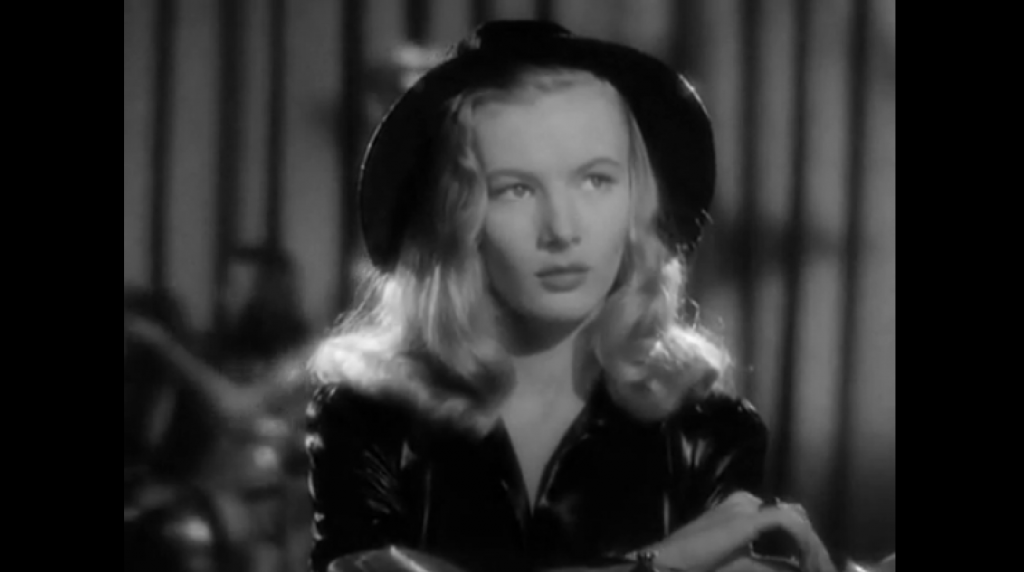
- Fine chemistry between Ladd and Lake
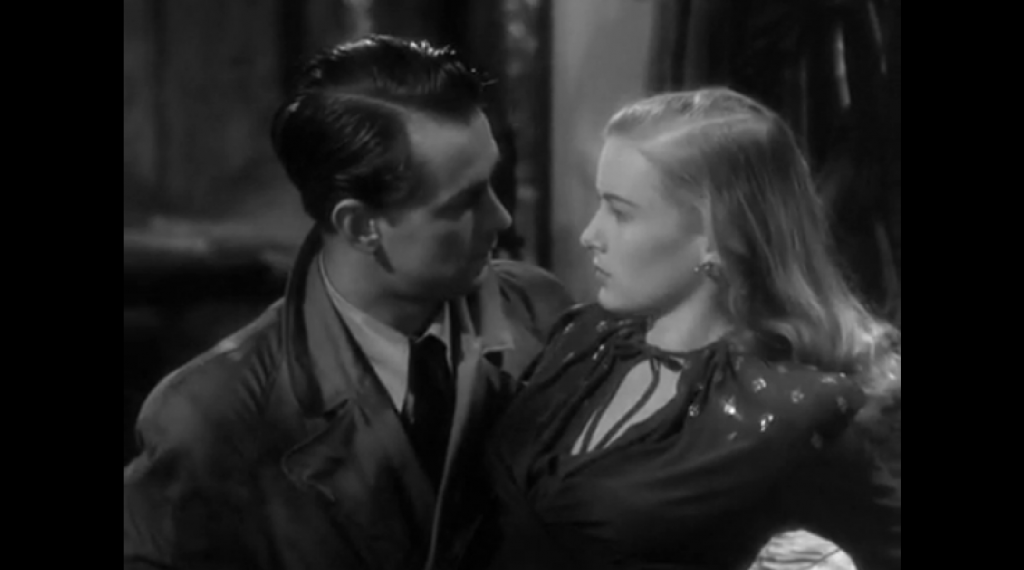
- Atmospheric cinematography
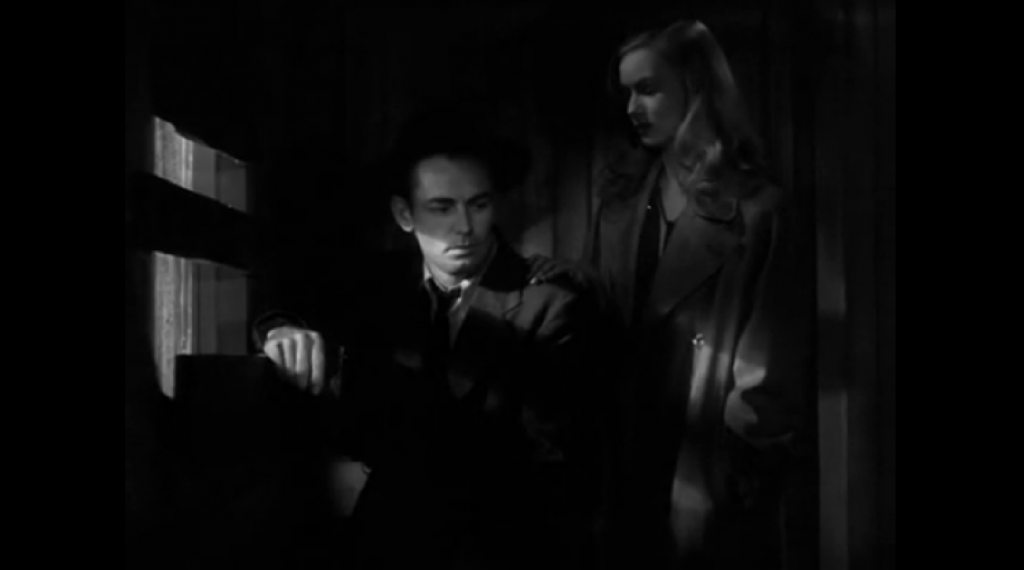
Must See?
Yes, for Ladd’s magnetic debut performance — and his palpable on-screen chemistry with Lake.
Categories
- Noteworthy Performance(s)
Links:
|
